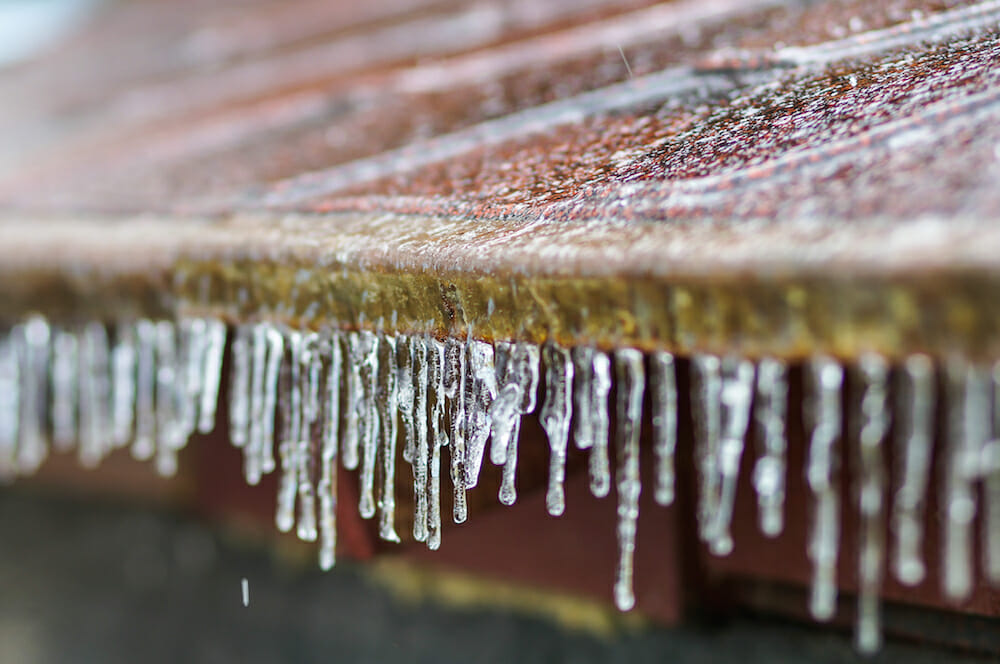With average lows between 32°F and 35°F between the months of December and February, North Alabama winters, while not comfortable, are generally mild.
But, however sporadic they may be, freezing temperatures and snowfall can represent real risk to your commercial roof if it’s not correctly prepared.
Here are four ways you can prepare your roof for a North Alabama winter:
1. Perform an inspection of the roof before winter officially begins.
Ideally, this inspection will be performed by a professional, as they’ll know the exact signs to look for and may be able to point out potential roof health issues before they occur.
The professional roofer will look for visible cracks or seams in the roofing material, cracks in the roof’s caulking, structural damage to flashings, and gaps or punctures anywhere on the roof’s surface, including the edges, to avoid potential leaks or wind uplift.
This step is important in all climates, but it’s crucial here in North Alabama, as the heat of the sun can cause expansion, drying, and/or cracking of the roofing material that may prove hazardous when the roof material cools and contracts.
2. Clean, clean, clean.
Structural integrity isn’t the only risk factor for your roof in inclement weather. You’ll also want to keep an eye out for any branches, debris buildup, or foreign objects on your roof’s surface.
While these objects may not have caused any damage yet, their presence presents a risk to your roof during inclement weather, as they can either puncture the roof’s membrane or, in the case of debris, it can collect moisture from fall rain or winter snow. The more moisture the debris retains, the bigger chance for mold or rotting.
This also means cleaning your gutters, as clogged gutters may keep water from cleanly flowing off the roof. The risk here is that the water will end up pooling on the roof itself or flowing over the gutters onto the walls of the building.
3. Examine the insulation.
It’s easy to think the only function of insulation is to keep us warm. And, while that’s true, it also helps prevent a major winter weather roof problem: ice damming.
Ice damming is what happens when improper insulation allows heat to transfer to the roof, where ice or snow melts into water, then flows to the gutters and edges of your roof. It then refreezes, leading to added weight that could damage the gutters or pull them away from the roof itself.
4. Make a plan.
Despite our best efforts, sometimes roofing emergencies occur, whether it’s due to a falling branch or an unexpected spell of extreme weather.
Create a plan for what you’ll do if you experience a roofing emergency during the winter months. Do you have a relationship with a roofing company that performs emergency services? Do you have a budget for emergency roof repairs? Who is responsible for identifying roof damage and contacting the emergency repair team?
Preparing your roof for winter in North Alabama is not a complicated process, but it does require planning and work—and, it’s much easier when you have the guidance of a professional.
If you want to learn more about preparing your roof for the winter and how Maxwell can help keep your roof in tip-top shape despite lower temperatures, click here to contact us.

